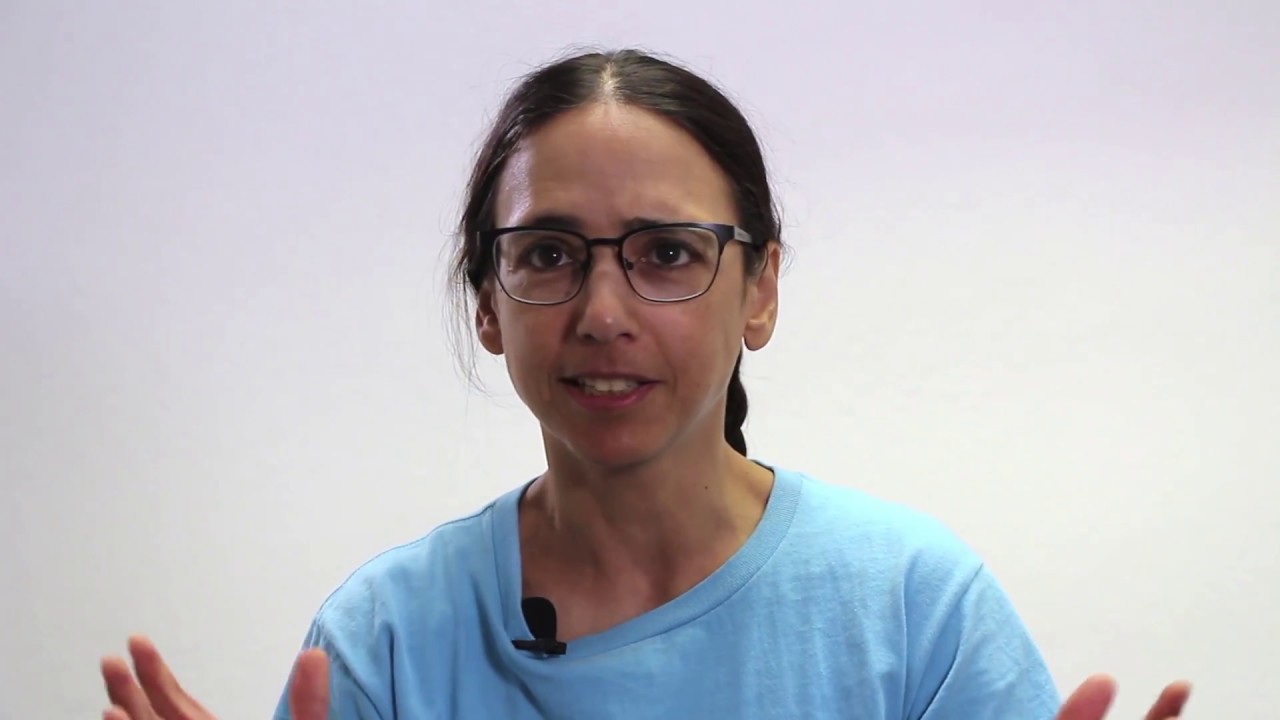Sore Shoulder? It Could Be Your Rotator Cuff
Hear From Our Patients
Rotator Cuff Surgery Patient Swims AlcatrazShoulder injuries used to be life-changing.
Now, we can fix them. If your shoulder hurts when you lift your arm or reach back to put on your coat, then it's quite possible that you've injured your rotator cuff. With this kind of injury, you may experience weakness of your shoulder, or night pain when rolling onto your shoulder while sleeping. Even combing your hair can be painful.
 The rotator cuff is a system of four muscles that come together as tendons to move and stabilize the humerus (arm bone) in the shoulder joint. Essentially, your arm is held into your shoulder socket by the rotator cuff and the rotator cuff allows you to lift and rotate your arm.
The rotator cuff is a system of four muscles that come together as tendons to move and stabilize the humerus (arm bone) in the shoulder joint. Essentially, your arm is held into your shoulder socket by the rotator cuff and the rotator cuff allows you to lift and rotate your arm.
Some people come to us after injuring their rotator cuff muscles and tendons because of a traumatic fall when skiing or biking. Other people come to us with pain that has built up over time because arthritic spurs have formed within their shoulder, which have eroded the cuff tissue.
Rotator cuff problems can also be caused by irritated and inflamed tendons, which may lead to weakness, pain and decreased movement in the shoulder. This kind of shoulder impingement is known as rotator cuff tendinopathy — swimmer's shoulder or thrower's shoulder. These symptoms cause people to reduce their motion, favor some muscles over others, and develop muscle atrophy and abnormal shoulder mechanics.
Traditionally, cortisone injections and anti-inflammatory medications were used to decrease inflammation. Unfortunately those drugs also weaken the tissues. Today, we use growth factors (platelet-rich plasma) and lubrication as they are showing promise as alternative methods to stimulate repair of the inflamed tissue. Physical therapy, with soft-tissue mobilization and specific muscle training, helps improve the mechanics of the shoulder and the surrounding neck and back muscles.
If impingement fails to respond to non-operative care, it can be treated with arthroscopic surgery to remove the thickened and inflamed tissue. A cleanout, or subacomial decompression, creates more space in the shoulder for full rotator cuff function. By starting immediate guided exercises, patients can often get back to their activities progressively over the course of a few weeks. A key point is to train the neural pathways to the shoulder to regain normal motion before strength training starts.
More serious problems with the rotator cuff involve partial or complete tears of one of more of the tendons of the rotator cuff muscles. A tear means the tendon is no longer fully attached to the top of the humerus. Partial tears can sometimes heal with the assistance of physical therapy and platelet-rich plasma injections. Complete tears are usually best treated with surgical repair. When there is pain or weakness, we prefer to repair the torn tissue rather than permit the damage to progress to the point where the weakness is irreversible and arthritis sets in.
Repair of torn tendons in the shoulder is accomplished with sutures and small anchors that attach the tendon ends back to the bone. The shoulder is taken through a full range of motion to confirm the restoration of normal anatomy. We prefer to perform this shoulder surgery in the beach-chair position, with the patient sitting up, and under a regional anesthetic (where the patient awake). It is an outpatient procedure so no overnight stay is required.
Improvements in the surgical technique, the anchoring systems and the use of growth factors have meant that mobilization, rehabilitation and strengthening exercises can occur early on in the recovery process. Most commonly, the patient uses a sling for one month after surgery in order to diminish the chance of overloading the shoulder. However, physical therapy starts the first day after surgery. Range-of-motion pool exercises help prevent the shoulder becoming stiff and increase the chance of full strength and recovery of the torn tissue.
Despite all these advances, the success rate of repairing chronically torn rotator cuff tendons still hovers in the 70 percent range, mostly due to the poor blood supply of the damaged tissue.
The injuries to the rotator cuff used to be career-ending for athletes and debilitating for everyone else. With the combined approaches of repair and rehabilitation, we are able to get people back to the activities they never thought would be possible again.
First published in The San Francisco Examiner.
Don't Know Why Your Shoulder Hurts? Use our Shoulder Pain Symptom Checker to learn more about your symptoms and possible injury conditions.



